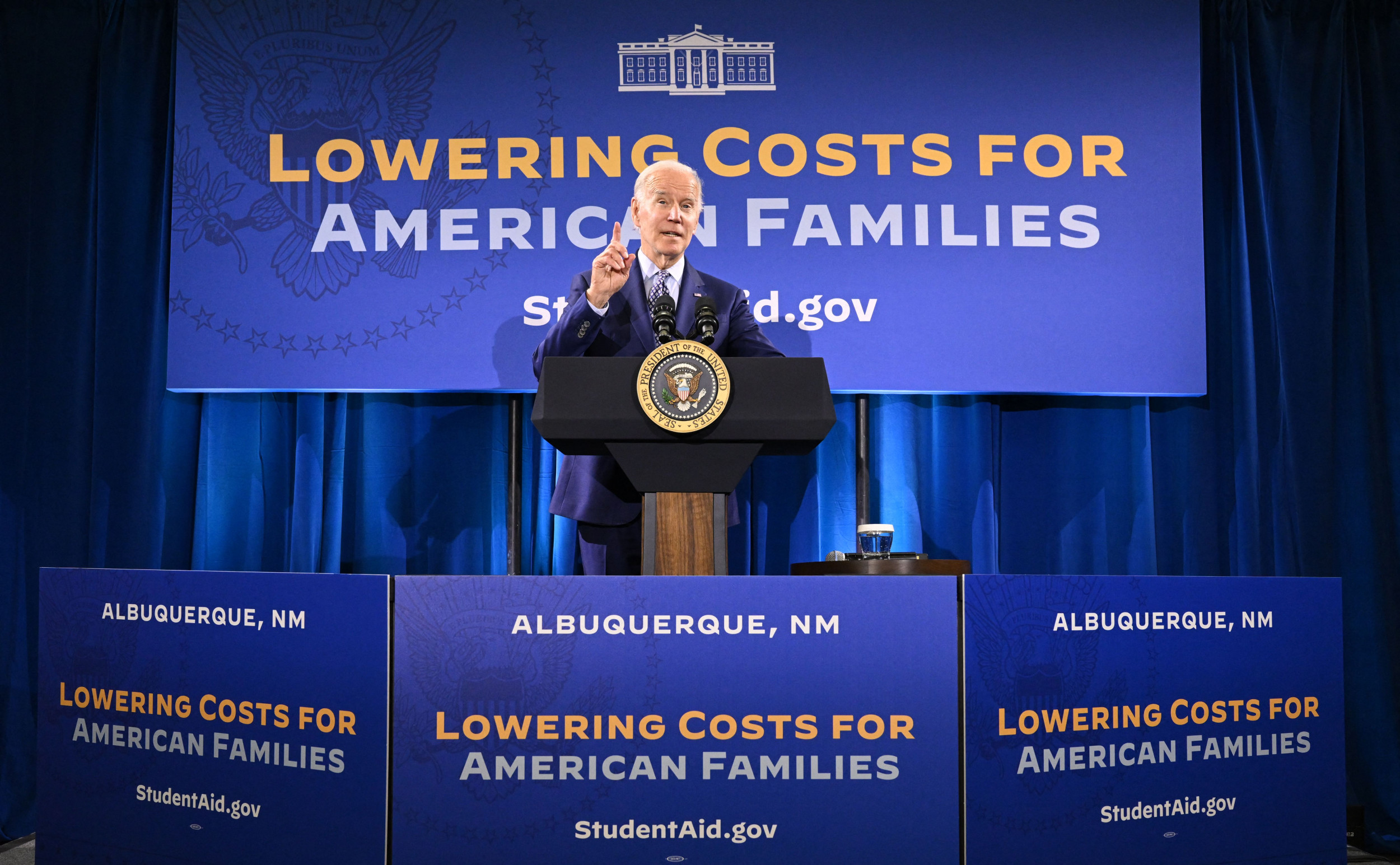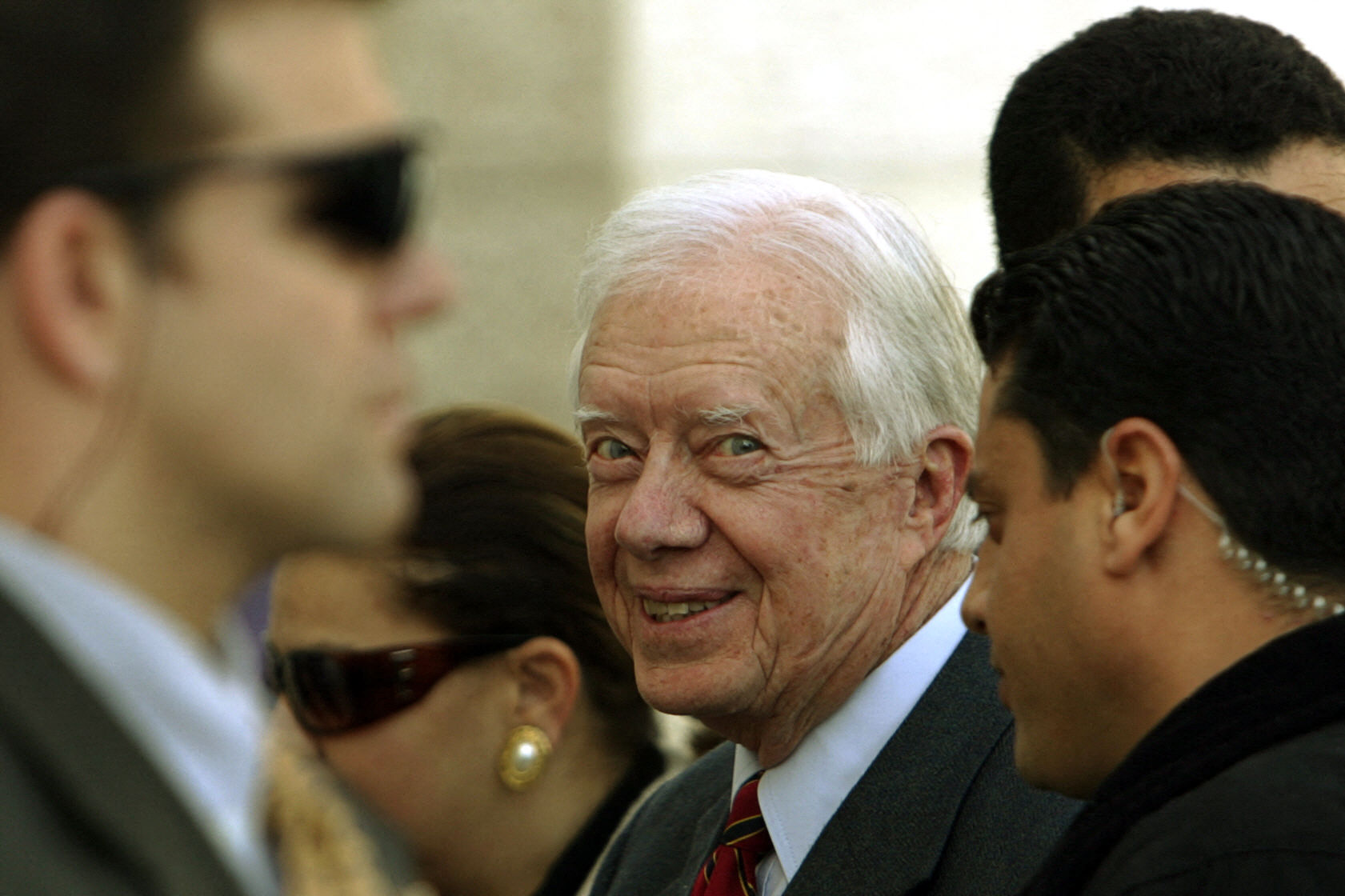Despite the ebb and flow of the war in Ukraine, Ukrainian President Volodymyr Zelensky has been consistent about his overall objective: total victory. His November 2022 peace plan, which demands a full Russian withdrawal from Ukrainian territory, remains Kyiv's official position. Zelensky's so-called "Victory Plan," the details of which were unveiled this month, is meant to increase the odds of success by pressuring Moscow to the negotiating table on Kyiv's terms.
While the United States and its allies in Europe stand steadfast behind Ukraine—the White House announced an additional $8 billion in military aid during Zelensky's trip to Washington in September—it's increasingly clear that Kyiv's maximalist position is out of reach. This year has been a difficult one for the Ukrainians. Although the Russian casualty rate is high, the trend lines in the Donbas have moved in Moscow's favor. The Russians captured the eastern town of Vuhledar on October 2 and are pressing on the rail hub of Pokrovsk. Kyiv's bet that expanding the war into Russia's Kursk region would force Moscow to pull troops from Donetsk hasn't paid off.
There is a growing acknowledgment in the West that the war will likely end through diplomacy. That's the good news. The bad news is that some of the proposals on offer are unrealistic, if not counterproductive.
One of the ideas making the rounds amounts to a land-for-security trade. In exchange for Russia retaining de facto control of the 20 percent of Ukraine it currently occupies, Kyiv would receive a formal invitation to join NATO. A close look at this arrangement reveals a few gaping holes.
First, assuming the Ukrainian government is even willing to make such a trade—a highly dubious prospect given Zelensky's refusal to discuss territorial concessions—it's highly unlikely Russia would cooperate. Russian President Vladimir Putin is adamant that Ukraine's accession into NATO is a scenario Moscow won't tolerate. This position isn't unique to Putin; it's a long-standing one firmly established inside the Russian elite. As CIA Director William Burns observed in 2008 when he was U.S. Ambassador to Russia, "Russia's opposition to NATO membership for Ukraine and Georgia is both emotional and based on perceived strategic concerns about the impact on Russia's interests in the region."
Nothing in the 16 years since suggests Russia's stance on this issue is any softer. Indeed, the mere possibility of Ukraine one day entering NATO, perceived by Moscow as a hostile alliance, was apparently of such dire concern to Putin that he gambled on a high-cost invasion to foreclose the option.

The proposal also comes at a time when Russian forces are making hard-fought advances against a Ukrainian army whose manpower constraints grow more acute by the day. Although Kyiv has tried to address manpower shortages by lowering the draft age, many of the recruits have been rushed to the front without the optimal level of training. It's hard to envision why Putin would consider stopping the war when the trajectory is now in Russia's favor.
While it's true that some of NATO's biggest members, like the United Kingdom and France, are open to Ukrainian membership, the United States remains wary. Others, like Hungary and Slovakia, are wholeheartedly opposed, and for good reason: Admitting another member comes with serious responsibilities and obligations for the entire alliance. This is doubly so for the United States, which would be asked to bear most of the cost in a future crisis. By granting Kyiv membership, all 32 member states theoretically pledge to come to Ukraine's defense with their own troops.
NATO members obviously recognize the implications of such a decision, which helps explain why Ukraine is still outside the tent 16 years after the alliance first agreed to support its eventual membership. Rhetoric and military aid aside, NATO is still not willing to risk getting into a war with a nuclear-armed Russia. This has been demonstrated time and time again during the last two and a half years, from NATO's dismissal of a no-fly zone during the war's first weeks to the harsh blowback French President Emmanuel Macron received in March after he suggested Western troops could deploy to Ukraine.
Some claim that all of these concerns are moot once Ukraine becomes a formal NATO member. This belief is prefaced on the assumption that Putin would be deterred from acting aggressively against Kyiv in the future.
Deterrence, however, only works if it is credible in the eyes of the potential aggressor. NATO's flat-out refusal to enter the conflict directly means that Putin could view NATO's Article 5 commitment to Ukraine as a paper promise. If NATO was unwilling to fight for Ukraine in the past, why would it be willing to fight for Ukraine now? It's a legitimate question and one the Russians might test, which would put NATO in a terrible position—fulfill its commitment and enter into a destructive war with Moscow, or back down and weaken the credibility of its deterrent power across the board.
The pressure for a diplomatic settlement will get more intense the longer the war goes on. But not all proposed settlements should be treated as equally valid. A NATO membership-for-peace formula is bound to lengthen the war, not end it.
Daniel R. DePetris is a fellow at Defense Priorities and a syndicated foreign affairs columnist at the Chicago Tribune.
The views expressed in this article are the writer's own.








![SOURCE SPORTS: [WATCH] Mets Capt. David Wright Gives Interesting Insight On The Honor Of His Jersey Retirement In Citi Field](https://thesource.com/wp-content/uploads/2025/01/01fs75fy836w8mp4ytwr.webp)











 English (US) ·
English (US) ·